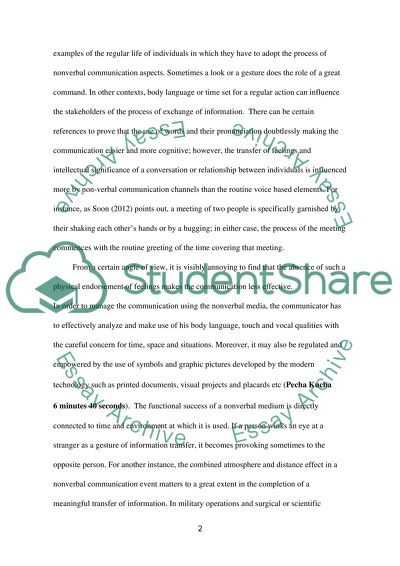Cite this document
(The Seven Aspects of Nonverbal Communication Term Paper, n.d.)
The Seven Aspects of Nonverbal Communication Term Paper. Retrieved from https://studentshare.org/psychology/1472767-business-communication
The Seven Aspects of Nonverbal Communication Term Paper. Retrieved from https://studentshare.org/psychology/1472767-business-communication
(The Seven Aspects of Nonverbal Communication Term Paper)
The Seven Aspects of Nonverbal Communication Term Paper. https://studentshare.org/psychology/1472767-business-communication.
The Seven Aspects of Nonverbal Communication Term Paper. https://studentshare.org/psychology/1472767-business-communication.
“The Seven Aspects of Nonverbal Communication Term Paper”, n.d. https://studentshare.org/psychology/1472767-business-communication.


